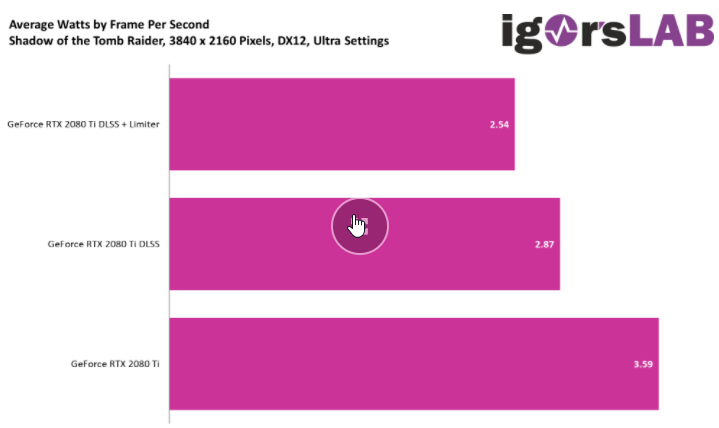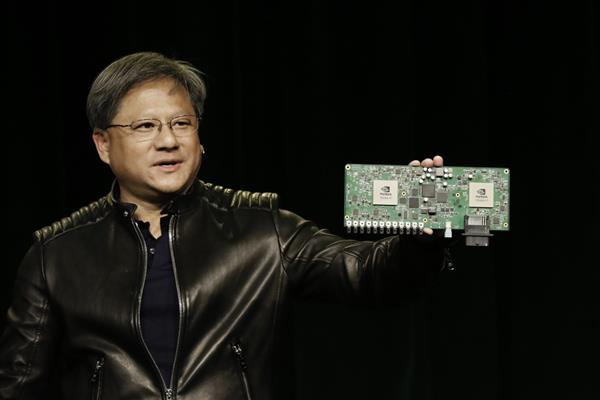It absolutely is a coincidence that PS5 and XBSS/X adopted N7 the same year Apple moved to N5. The decision would have been made perhaps three years prior to launch when design work began, without any knowledge of Apple's plans. The timing of the PS5 and XBSS/X launches were based on Sony and MS's product lifecycles, and the choice of N7 was an obvious one, as AMD had already been shipping consumer GPUs on TSMC 7nm for a year and a half by the time of the new console launches, and MS and Sony wanted to use the same RDNA/RDNA2 architecture.
Similarly, Nvidia aren't making the decision on what manufacturing process to use in 2022 based on what Apple's doing now, they made the decision perhaps in late 2019 or early 2020 based on the information they had at the time. At the time, they were confident enough about TSMC N5 (or 4N, as they're calling it) availability to migrate their entire line of GPUs (both Hopper HPC and Ada gaming GPUs) over to the process in a similar timeframe as we're looking at for Drake. These would account for at least an order of magnitude more wafers per month than Drake, so I can't see Nvidia not being confident enough to get the much smaller allocation necessary for Drake.
The other thing to emphasise is that Nintendo's not designing or manufacturing the chip, they're buying chips designed and manufactured by Nvidia, and therefore it's ultimately Nvidia's decision as to what manufacturing process to use. Obviously this decision isn't made in isolation, as it's a semi-custom design for Nintendo the choice of node would be made based on Nintendo's requirements for performance, cost and power consumption. If Nintendo's performance requirements weren't exactly pushing the envelope, then an older manufacturing process might make sense, and that what most of us were expecting prior to this month. However we now have very explicit details leaked from Nvidia showing a GPU which is absolutely pushing the envelope for performance in a Switch-style device. We also can reasonably estimate power consumption assuming a device with the same form-factor as the Switch, and it looks much more likely that Nvidia would have chosen TSMC N5 based on those requirements. It's also entirely possible that TSMC N5 is cheaper (
perhaps substantially so) per chip than Samsung 8nm when taking die size and yields into account, in which case Nvidia would have no incentive to incur extra expense manufacturing on Samsung 8nm if they weren't forced to.
Finally, it's worth noting that if the new Switch model launches in March 2023, then TSMC's 5nm family will be
exactly as old as 20nm was when Switch launched in 2017. If Nintendo were happy with that, I hardly see them being scared off of N5 as being too "bleeding-edge" for them.



